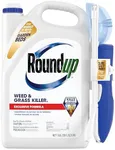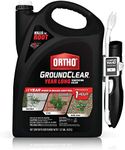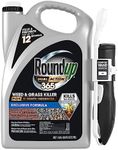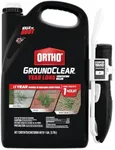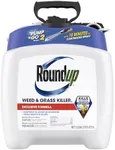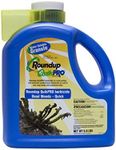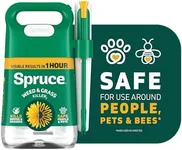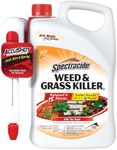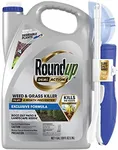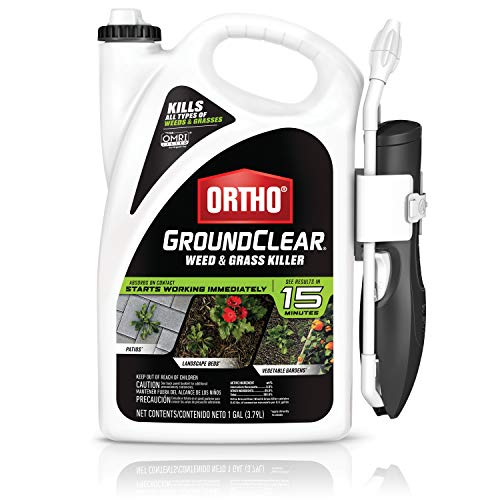Buying Guide for the Best Weed And Grass Killers
Choosing the right weed and grass killer is important to ensure you effectively manage unwanted growth without causing harm to desired plants, pets, or the environment. Before you buy, be clear on what you need to eliminate (broadleaf weeds, grasses, or both), where you'll be applying the product, and how quickly you want results. Understanding key specifications will help you pick a solution that fits your needs and ensures safe, targeted application.Target Weed TypeThis refers to the kinds of plants the product is formulated to kill. Some weed killers target broadleaf weeds (like dandelions), others target grassy weeds, and some are broad-spectrum, working on a wide range of both. If you only have one type of weed, a selective product may be gentler on your lawn or garden. If you need to clear an area completely, a non-selective or broad-spectrum product is more effective. Consider what you're trying to protect as you choose.
Formulation (Concentrate vs. Ready-to-Use)Weed killers come as concentrates or ready-to-use (RTU) formulas. Concentrates need to be mixed with water and are usually more economical for large areas, but require careful mixing. RTU options are pre-mixed and convenient for spot treatments or small patches. If you have a lot of ground to cover, a concentrate may be more practical; for quick fixes and easy application, RTU is ideal.
Application AreaThis refers to the environment where the weed killer is meant to be used—lawns, driveways, gardens, patios, or agricultural areas. Some products are safe for use around edible plants or ornamentals, while others are designed for hard surfaces or non-plant areas. Choose a weed killer that's designed for your application site to avoid unintentional damage.
Residual EffectSome weed killers act quickly but break down rapidly, meaning weeds can regrow sooner, while others have a longer residual effect, preventing weed growth for weeks or months. For quick, temporary control or use near other plants, a fast-acting, short-lived product is better. If you want long-term control, a product with longer residual action is preferable, but make sure it's suitable for the area you plan to treat.
RainfastnessRainfastness is how quickly the product becomes effective after application, even if it rains. Products with faster rainfast times are more reliable in unpredictable weather. If you live in a rainy area or can't control when watering occurs, look for products that become rainfast within a few hours for best results.
Pet and Child SafetySome weed killers are safe once dry, while others may require a longer waiting period before pets or children can safely enter the treated area. Always check the label for safety instructions. If your space is used by family or pets, prioritize products known for their safety or select organic options when possible.
Organic vs. SyntheticWeed killers can be made from synthetic chemicals or natural (organic) ingredients. Organic options are often less harmful to the environment and may be safer for people and pets, but can work more slowly or require more frequent applications. If environmental impact and safety are top concerns, choose organic; if you need faster or more aggressive weed control, synthetic options may be more effective.

